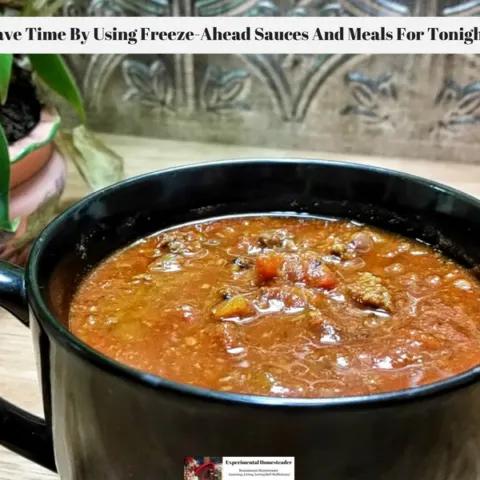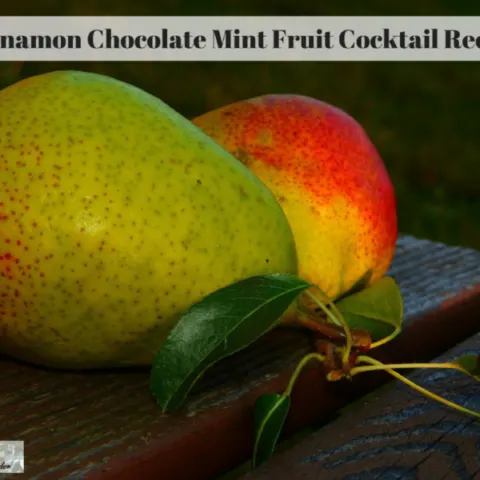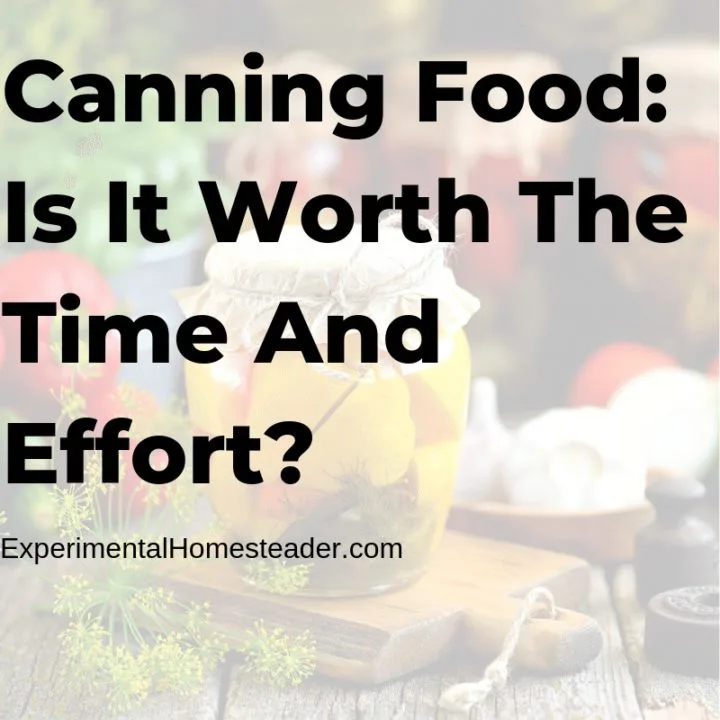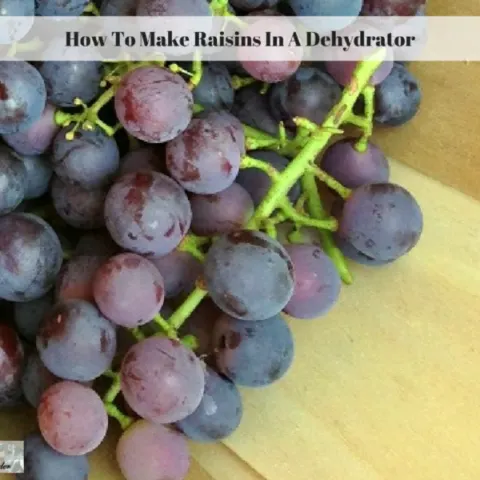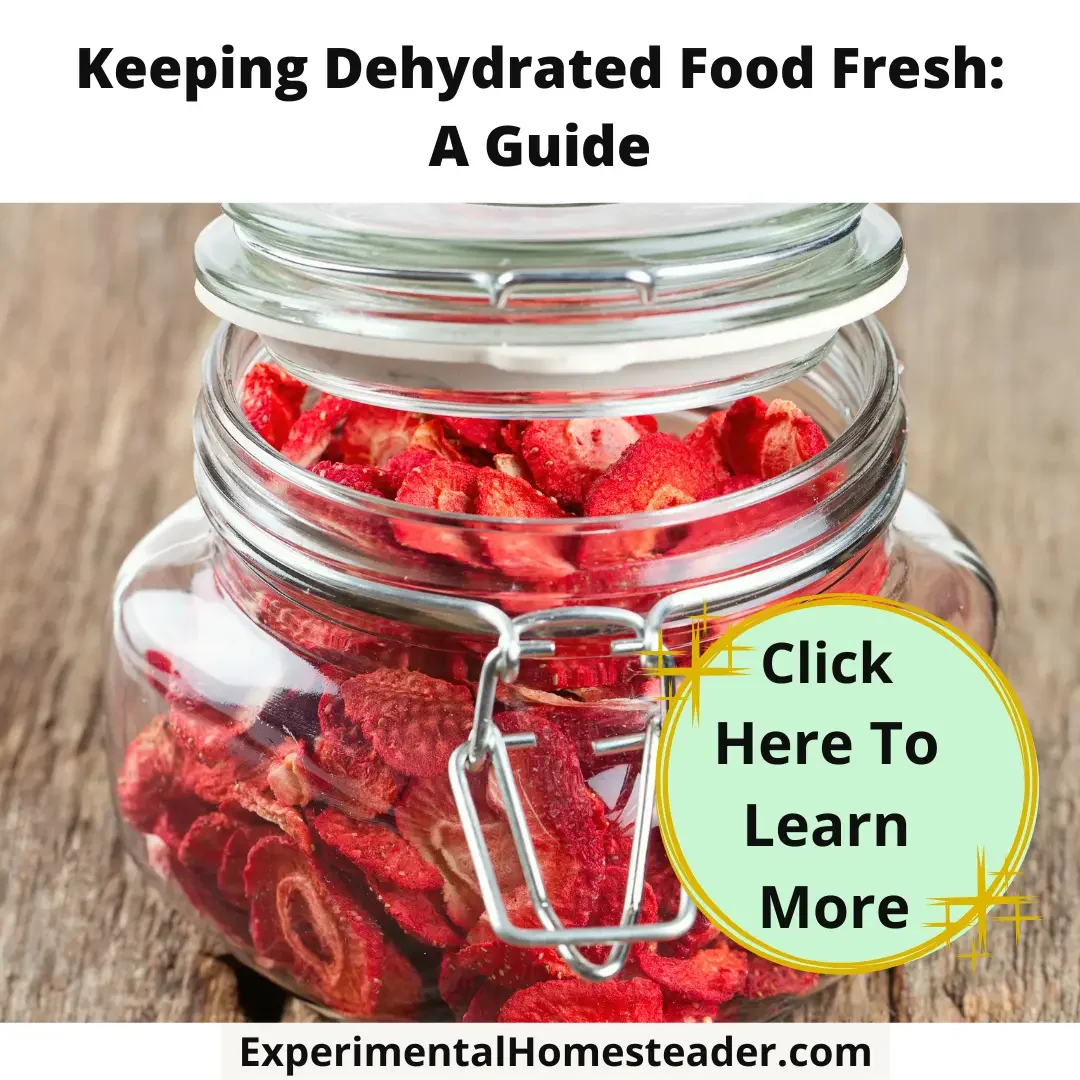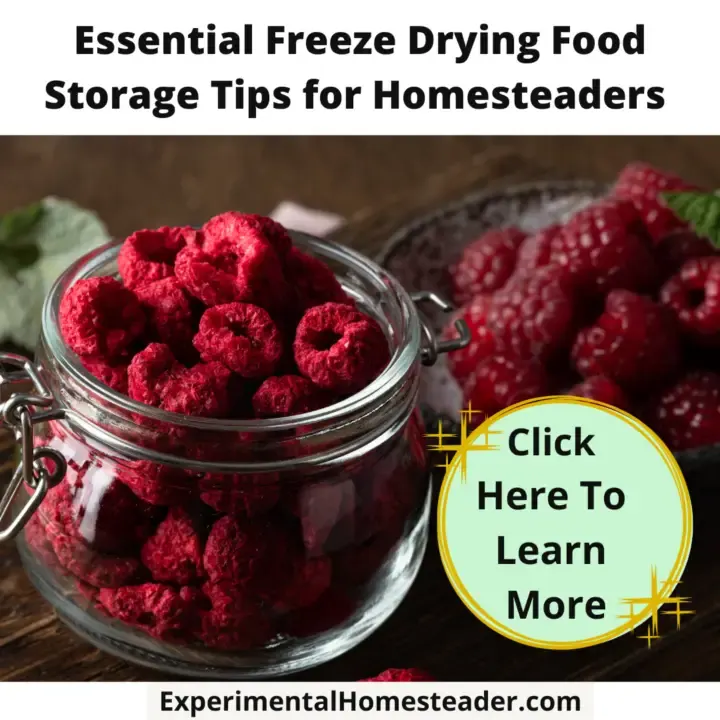There are four factors that affect food storage.
Learning all the different methods for batch cooking, canning, preserving and pickling, freeze drying and freezing is important but it is equally important to know how to store those foods afterwards.
The four factors that affect food storage are temperature, moisture, atmosphere and container choice.
You must be aware of these four factors when looking to gain the optimum results for your efforts, especially if your end goal is long term food storage.
Food Storage Temperature
Cooking food according to the recommended temperature is the safest way to ensure bacteria or other contaminants are not a subject of concern.
Prior to cooking food, however, you need to be certain that the food you are buying is kept in the proper section of your local grocery store or market and that it is kept at the proper temperature.
Before purchasing food, check the date on the label to ensure that it is not past its freshest due date.
Also, if you are purchasing a frozen item check to see that it is not semi-defrosted or too frozen, which may subject it to freezer burn.
Check your refrigerator and freezer for the appropriate recommended manufacturer setting and keep it at the highest setting recommended to avoid spoilage or over freezing.
A refrigerator or freezer thermometer that you purchase separately is an item I recommend keeping on hand to check the temperature inside both of these appliances from time to time.
How Moisture Affects Food Storage
When canning foods especially, moisture comes into play.
It is important to check your mason jars by either tapping the lid gently with a spoon or your finger to check and see if they have been sealed properly.
If you press the top of the mason jar, you should be able to determine whether or not you have a proper seal.
Moisture also comes into play when dehydrating foods.
Salt curing will remove moisture from meats allowing the drying process to continue.
Drying fruits and vegetables in the sun will remove moisture from them.
Taking the fruits and vegetables in during moist evening hours will ensure that the fruits and vegetables can be dried further over the next couple of days.
You can buy food safe desiccant to put into your dehydrated foods or other dried items such as homemade spices.
Some people also use rice but I cannot attest to how well that works.
How Local Atmosphere Affects Food Storage
It is important to note that while canning, atmosphere comes into play for certain levels above sea level.
Certain feet above sea level requires a change in how you can, the temperature at which you boil, and perhaps even the time allotment for boiling a particular food.
Always check the recipe directions for instructions.
Food Storage Airtight Containers Are A Must
Freeze food for no longer than six months as a base.
Store the in proper food storage containers.
Be sure to seal out air, and add proper labels so you know what is in the containers.
These are just some of the tips for keeping frozen foods safe and ready to use.
Some containers are good for freezer to microwave while others can stain easily when sauce-based recipes are placed inside them.
Always use a freezer marker and freezer tape to date items so that you can view the date you froze them with a quick glance.
Once you get the hang of freezing, freeze drying, canning, preserving, pickling, and drying out foods, the methods in which you store, temperatures for different recipes, and all the rules and regulations will become second nature.
You will be well on your way to successful long term food preservation.
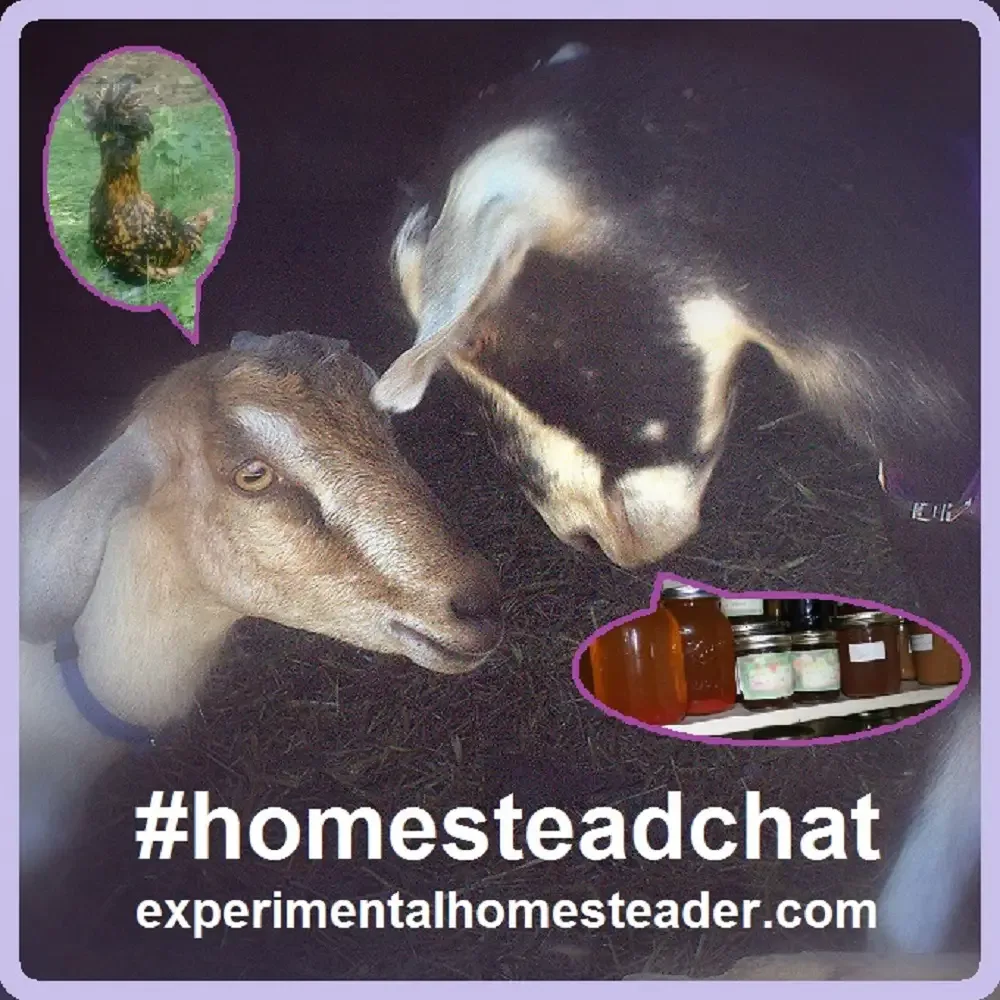
Original Tweet Chat Transcript
Every Thursday evening at 7pm EST, I will be hosting a #homesteadchat on Twitter.
Be sure to include the hashtag #homesteadchat.
Tonight’s topic is making artisan bread making for the beginner.
We will be talking about how to use ingredients grown in your own garden – or ingredients you can find locally in grocery or health food stores to make artisan breads.
Have a question you would like to see answered tonight, but can’t make the chat?
Leave it in the comment box below this post.
Questions that are not answered tonight will be addressed either through a post or You Tube video.
I hope to see you there.





How To Freeze Food
How To Determine The Best Fruits And Vegetables To Store
Learn how to determine the best fruits and vegetables to store for winter use plus get tips on how to store them for the best results.
36 Of The Best Freezer Friendly Fruits And Vegetables
Save money on your grocery bill by knowing the best freezer friendly fruits and vegetables so you can stock up when they are on sale!
How to Freeze Raw Eggplant: Stocking Up for Winter on the Homestead
Preserve the fresh flavor and nutritional value of raw eggplant by learning how to freeze it. A game-changer for homesteaders and gardeners.
You Don’t Have to Do It All: How to Freeze One Eggplant for Beginners
Learn how to freeze one eggplant for beginners with this simple guide to start your food preservation journey today.
Can You Freeze Corn on the Cob? The Comprehensive Guide
Can you freeze corn on the cob? Discover the secrets to preserving that fresh, sweet summer flavor all year.
Preserving Citrus Fruits
Preserving citrus fruits is something you want to know how to do if you grow your own, buy in bulk or have citrus fruits given to you.
Save Time By Using Freeze-Ahead Sauces And Meals For Tonight
Save time by pre-preparing freeze-ahead sauces and meals for tonight or any night when you need something delicious and nutritious but simply don't have time to cook.
How To Make Delicious Batch Cooking Freezer Recipes
Learn how to make delicious batch cooking freezer recipes. Buying in bulk saves money. Preparing the meals ahead of time saves time.
Freezing Goats Meat
Freezing goats meat is as easy as freezing any other type of meat. If you raise goats or have a goat meat store close by this is an easy way to stock up.
How To Start Freezing Goat Milk
Freezing goat milk is the best way to preserve it for use when your goats are not in milk. Drink it fresh or use it in many goat milk recipes.
What Is The Best Method For Preserving Eggs? Find Out Now
Are you wondering how to store eggs? Learn the various techniques you can easily use at home for preserving eggs fresh from your poultry.
How To Dry And Store Homemade Noodles
Learn how to dry homemade pasta plus the best method for storing homemade noodles so they stay fresh for up to six months!
Freezer Recipe: Poached Pears In Wine Sauce
Made with Asian pears and two different types of honey wine, this poached pears in wine sauce freezer recipe is an easy way to preserve fall's bounty.
Canning Broccoli Is No Longer Safe But You Can Still Preserve It
Although canning broccoli was once considered safe, times have changed thus freezing, dehydrating or freee drying broccoli is recommended.
Can You Freeze Fudge? Exploring the Sweet Secret of Fudge Preservation
The holidays are a busy time. Can you freeze fudge to make homemade creations easier? Learn the art of preserving fudge here!
Souper Cubes: Making Freezer Meal Prep Easier Than Ever
Save time and freeze with ease - Souper Cubes is revolutionizing freezer meal prep. Learn about the amazing features of Souper Cubes now!
Preserving Herbs For Winter Use eCourse
Do you love fresh herbs but wonder if there is an easy way to preserve them for the winter?
Do you seek other ways to use herbs other than just as a seasoning on food?
There are so many ways to preserve herbs for winter use – from various methods of drying them to freezing them, but it doesn’t end there.
Some of the best ways to preserve herbs in right in the foods you would normally incorporate herbs into – pre-made seasonings, teas, butter or oil.
Then this is the course for you!
What You Will Learn In This Course:
Hang herbs to dry
Use a hanging herb dryer
Dry herbs on a window screen dryer
Dry herbs in a dehydrator
Dry herbs in an oven
Dry herbs in a microwave
Freeze herbs whole
Make herb ice cubes
Add fresh herbs to freezer meals
Add herbs to canned sauces
Preserve herbs in vinegar
Preserve herbs in oil
Preserve herbs in butter
Preserve herbs in salt or sugar
Make pre-made seasonings
Make herbal tea
Make herb jelly (plus tips on how to use these)
Freezing Apples Recipe
This freezing apples recipe is super simple. It is a great way to preserve the bounty of fall apples for winter use.
Canning Food At Home
Packing And Sterilizing Canning Jars
The most important part of canning is packing and sterilizing the canning jars properly. Learn how to do this important step the right way.
The Ultimate List Of Home Canning Recipes
This ultimate list of home canning recipes are all tested and proven to work. Learn how to preserve the fruits and vegetables you grow in your garden!
Canning Broccoli Is No Longer Safe But You Can Still Preserve It
Although canning broccoli was once considered safe, times have changed thus freezing, dehydrating or freee drying broccoli is recommended.
Homemade Beef Stew Recipe For Canning
When it comes to having quick home cooked meals that just need reheated, this beef stew recipe for canning can't be beat!
Red Hot Apple Wedges Canning Recipe
Preserving your own food means trying new recipes, such as this red hot apple wedges canning recipe. While it is true, it is a good idea to stick to recipes you know you and your family will eat, it never hurts to branch out a bit.
Cinnamon Chocolate Mint Fruit Cocktail Recipe
This Cinnamon Chocolate Mint Fruit Cocktail recipe is ideal to use up some of your extra summer fruit or to combine some of the fruit you have already preserved to come up with something a little different.
How To Make Homemade Maraschino Cherries
Learn how easy it is to make and can your own homemade maraschino cherries. Not only do these taste great, but they are easy to preserve too!
Five Spice Cherry Canning Recipe
This five spice cherry canning recipe is a unique take on typical recipes for canning cherries. I love the way the spices complimented the tart cherries!
How To Easily Start Canning Blueberries
Learn how to easily start canning blueberries in your own kitchen. Home canning is a great way to preserve fresh foods that you or someone you know grew.
Apple Canning Recipes
There are many recipes for canning apples and I think I have tried them all. However the best way is to can them in plain syrup.
How To Make Raspberry Vinegar
A great way to preserve raspberries is to make raspberry vinegar. Its delicious on pork chops! Best of all you can preserve it for winter use by canning it.
Orange-Cranberry Vinegar And Marinade Recipe
This orange-cranberry vinegar and marinade recipe is easy to make, easy to can and tastes great!
How To Make Homemade Ketchup
Learn how to make homemade ketchup right in your own kitchen using tomatoes you grew in your garden. This recipe works with fresh or frozen tomatoes!
Homemade BBQ Sauce Recipe
This homemade bbq sauce recipe uses fresh tomatoes and is perfect for canning. Use it as it is or as a base sauce to create different types of BBQ sauces.
How To Make Cajeta Goat Milk Caramel
Learn how easy it is to make cajeta goat milk caramel from fresh goat milk. Plus learn how to preserve it for winter use by canning it.
How To Make Homemade Honey
Learn how to make homemade honey right in your own kitchen using a mixture of water, sugar, red clover, white clover and fireweed!
How To Make Rose Petal Jelly
Learn how to make rose petal jelly using fresh rose petals from your favorite organically grown roses. Try different roses for unique flavored jelly.
Delicious Raspberry-Chocolate Sundae Topper Recipe
This delicious, easy-to-make raspberry-chocolate sundae topper is an ideal canning recipe making it easy to serve to guests or give as gifts!
Try These Off Season Food Preservation Ideas
These off season food preservation ideas are perfect for the off season. There are lots of items you can fill your freezer with or even can year-round.
Importance Of Food Preservation Inventory
Do you understand the importance of food preservation inventory? From spices to food stored in the freezer and pantry, this list can help you save money.
Canning Food: Is It Worth The Time And Effort?
Learn if canning food at home is really worth the time and effort involved as well as about some of the supplies you need to get started.
Home Canning Supplies
There are a number of home canning supplies you need to get started canning food at home, the Bellemain Kit contains 6 of them.
Canning At Home
When canning at home making sure everything is clean and in good condition is essential for food safety and your families health.
Fruit Juice Concentrate
Learn how to make your own fruit juice concentrate at home using fresh fruits from your garden or the farmers market.
Preserving Citrus Fruits
Preserving citrus fruits is something you want to know how to do if you grow your own, buy in bulk or have citrus fruits given to you.
Preparing Fresh Green Beans
Get out of the grocery store and into home-canning fresh green beans. Experience the symbiotic relationship of land and food security.
How To Dehydrate Food
How To Make Raisins In A Dehydrator
Learn how to make raisins in a dehydrator. Learning how to make your own raisins from grapes is easy not to mention they are delicious!
How To Dehydrate Garlic Scapes
Garlic scapes are a gourmet seasoning that come on once a year in the spring. Learn another method for garlic scapes storage for year round use.
How To Dehydrate Cherries
Learn how to dehydrate cherries for long term storage or simply for a delicious, healthy fruit snack. It is really easy to dehydrate cherries at home.
Dehydrating Apples
Have you ever wondered about dehydrating apples? Learn how to dehydrate apples, how to store them and why you should dehydrate them.
Reusable Bakery Trays Make Great Produce Storage Trays
Bakery trays make great reusuable produce storage trays for root cellars or even for storing fruits or vegetables during the food preservation process.
How To Dry And Store Homemade Noodles
Learn how to dry homemade pasta plus the best method for storing homemade noodles so they stay fresh for up to six months!
Food Dehydration Tutorial
In this food dehydration tutorial you will not learn how to use a food dehydrator, but instead you will learn how to get started and why you should do it!
Keeping Dehydrated Food Fresh: A Guide
Master the art of keeping dehydrated food fresh: preserve flavor, extend shelf life, and perfect storage techniques in our ultimate guide.
Canning Broccoli Is No Longer Safe But You Can Still Preserve It
Although canning broccoli was once considered safe, times have changed thus freezing, dehydrating or freee drying broccoli is recommended.
Preserving and Transforming Meals with Eggplant from Food Storage
Get creative in the kitchen with preserved eggplant. Explore the endless possibilities of transforming meals with eggplant from food storage.
Preserving Herbs For Winter Use eCourse
Do you love fresh herbs but wonder if there is an easy way to preserve them for the winter?
Do you seek other ways to use herbs other than just as a seasoning on food?
There are so many ways to preserve herbs for winter use – from various methods of drying them to freezing them, but it doesn’t end there.
Some of the best ways to preserve herbs in right in the foods you would normally incorporate herbs into – pre-made seasonings, teas, butter or oil.
Then this is the course for you!
What You Will Learn In This Course:
Hang herbs to dry
Use a hanging herb dryer
Dry herbs on a window screen dryer
Dry herbs in a dehydrator
Dry herbs in an oven
Dry herbs in a microwave
Freeze herbs whole
Make herb ice cubes
Add fresh herbs to freezer meals
Add herbs to canned sauces
Preserve herbs in vinegar
Preserve herbs in oil
Preserve herbs in butter
Preserve herbs in salt or sugar
Make pre-made seasonings
Make herbal tea
Make herb jelly (plus tips on how to use these)
How To Freeze Dry Food
Essential Freeze Drying Food Storage Tips for Homesteaders
Discover game-changing freeze drying food storage tips for homesteaders. Preserve your garden's bounty or bulk purchases with confidence.
How To Make Freeze Dried Sweet Corn At Home
Learn how to make freeze dried sweet corn at home. Freeze dried corn stored in mylar bags with oxygen absorbers lasts 25 years or more!
How To Freeze Dry Goat Milk
Learn how to freeze dry goat milk as well as other types of milk. Plus learn how to use it and how to store it long term.
Simple Guide on Freeze Drying Bananas
Master the art of freeze drying bananas and savor homemade, nutrient-rich freeze-dried snacks. Your guide to banana preservation.
Canning Broccoli Is No Longer Safe But You Can Still Preserve It
Although canning broccoli was once considered safe, times have changed thus freezing, dehydrating or freee drying broccoli is recommended.
data-shortcode="mv_create"
data-attributes='{DQUOTEkeyDQUOTE:DQUOTE131DQUOTE,DQUOTElayoutDQUOTE:DQUOTEcirclesDQUOTE,DQUOTEthumbnailDQUOTE:DQUOTEhttps://experimentalhomesteader.com/wp-content/uploads/1999/01/rootcellareh2.pngDQUOTE,DQUOTEtitleDQUOTE:DQUOTEFood
Food











